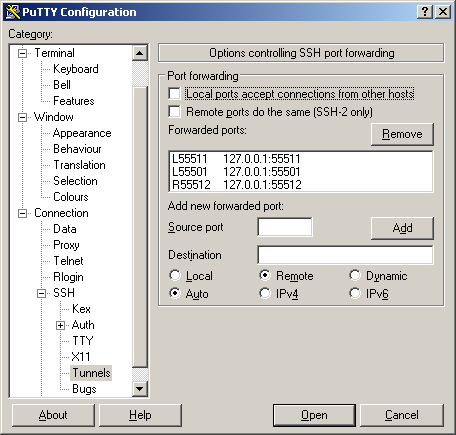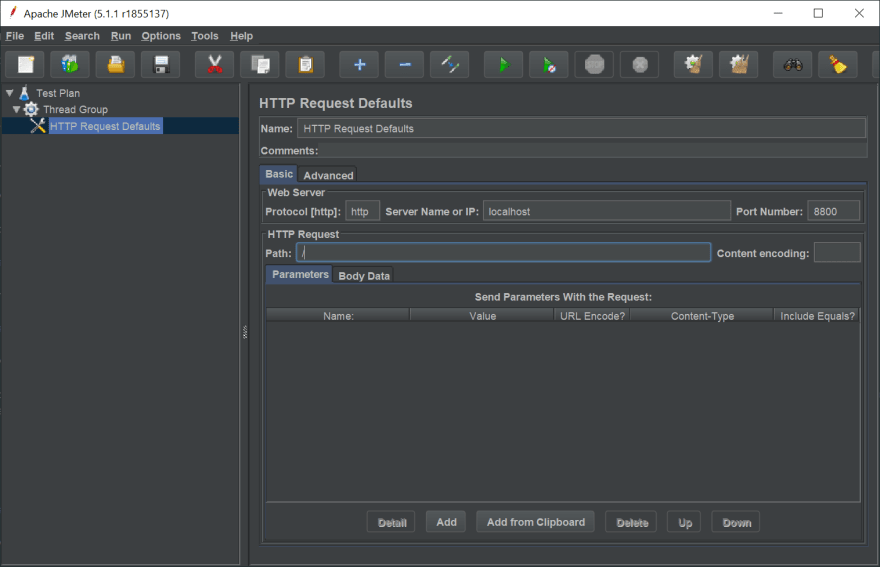

Name: the thread name, in this example it is “My 1sr Thread Group”.Create a new Test Plan with the name “My 1 st Test Plan”įrom Jmeter > Test Plan, right-click and add a new thread group: Add – Threads – Thread Group Threads mean users, we use one thread to simulate one concurrent userĤ.1.2.
#Using tunnelling with apache jmeter how to#
How to use JMeter for Load Testing / Performance Testing:
#Using tunnelling with apache jmeter install#
Access to the extracted directory and install JmeterĤ. Use below command to extract the downloaded file:ģ.2.3. Go to the official Jmeter website to get the latest tgz file(Now the latest version is apache-jmeter-5.2.1.tgz): ģ.2.2. Make sure java is installed successfully: Let move ahead to set up Jmeter on Ubuntu.ģ.1.1 Download the latest Java platform: ģ.1.2. Jmeter is compatible with Linux, Windows, Mac OS, Ubuntu. Multi-protocol: Jmeter supports multi-protocols such as HTTP, FTP, JDBC, LDAP, JMS, SOAP 3. Record and playback: you can record your activities on the browser and replicates themĢ.8. Simulation: simulate multiple users, create a heavy load on a server or object to testĢ.7. Highly Extensible: you can extend your test, Jmeter allows you to use visualization pluginsĢ.6. Visualize Test Result: Jmeter provides test results in different formats: table, chart, treeĢ.5. Friendly GUI: it is a friendly graphic user interface, very easy to use and get familiar with it.Ģ.4. Multi-thread: allow multiple separated thread group to do various functions in parallelĢ.2 Open source: it’s an open-source testing tool, free for downloading and free for developers to use the source code for the development.Ģ.3. There are many advantages of JMeter, we will focus on 8 main points as below:Ģ.1.

JMeter is an Apache open-source, it’s pure Java and can be used for load test and measure performance. Then, you will have to try with 100, 1000 users and it’s not feasible to arrange 1000 people to test your web. If you have to test the web application, you may want to know how many concurrent users can a web handle. This is because Jmeter doesn’t require coding knowledge, comparatively simple, widely recognized, and in demand for performance and load testing.Īnd now if you have decided to learn Jmeter for load testing and performance testing, here is a complete guide for you to start with: Jmeter For Load Testing:


 0 kommentar(er)
0 kommentar(er)
